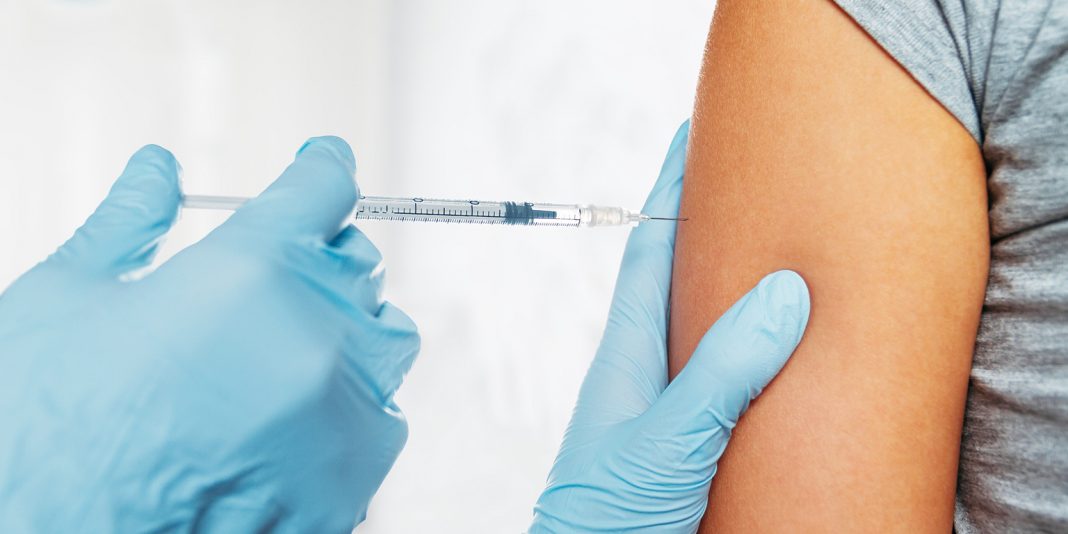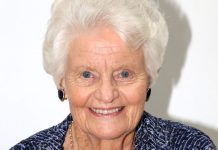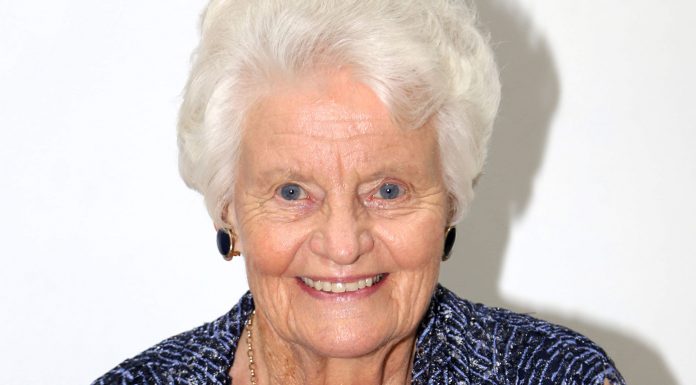An IT proposal to help lessen the workload of practice nurses having to calculate ‘catch-up’ immunisations for migrant and refugee children was a Clinician’s Challenge winner.
The online immunisation catch-up calculator for immigrant or refugee children took out the $8000 Clinician’s Challenge* New Idea award presented last week. The project was co-lead by nurse Jillian Boniface, the Southern District Health Board’s Programme Leader for Vaccine Preventable Disease and DHB public health analyst Dr Leanne Liggett.
Boniface, formerly a practice nurse, said she and Liggett worked together as a team to turn a nursing issue and a good idea into a proposal for a nursing tool that won over the judges at their presentation at the Health Informatics New Zealand (HiNZ) conference in Rotorua last week.
Leanne Liggett said the Invercargill-based pair’s aspiration was for the tool to become a national tool for everyone to benefit from.
The $8000 prize would be used to fund a feasibility study for the calculator and the pair would then knock on doors seeking the extra funding needed to develop and pilot the calculator in the Southern region before rolling it out nationwide.
Calculating ‘catch-ups’ time-consuming task for nurses
The idea came about in response to the increasing workload faced by nursing staff to calculate the ‘catch-up’ immunisations required by new migrants and refugee children to bring them in line with the national immunisation schedule.
Boniface said with each country having different schedules and different vaccine combinations it was a time-consuming, manual task for a practice nurse to work out how many antigens a migrant child had received to date and then to calculate how many vaccinations they needed in the future – and when they should receive them and in which combination – to gain the same immunisation coverage as Kiwi-born children.
The complex task could also cause hiccups in clinical records in practice management systems that weren’t flexible enough to cope with the ‘catch-up’ process. So the Southern DHB decided several years ago that practices should send migrant children’s immunisation records to the DHB’s immunisation co-ordinators who would manually calculate the catch-ups required and then the child’s record and catch-up programme would be manually entered into the National Immunisation Register (NIR) where the general practice could access the accurate details and enter it into their own systems.
Growing migrant numbers in the deep south – from an increasing diverse range of countries drawn to the region for different reasons – had seen the co-ordinator’s workload grow. “We’ve got the dairy industry families coming into Otago and Southland, we’ve got families coming to the tertiary education institutions in Dunedin, we’ve got offshore families attracted to SIT’s free fees and we’ve got the Queenstown/Central lakes (tourism industry) migrant population,” pointed out Boniface.
Further highlighting the need – and kick-starting the project – was Dunedin last year becoming a refugee resettlement city with the first group of 205 refugees – mostly from Syria – arriving in April 2016. Liggett, a public health analyst involved in the region’s Refugee Strategy Evaluation discovered how much Dunedin general practices valued the ‘catch-up’ service when she asked nurses, GPs and administrators what was hindering and helping their work with the refugees. “One of the first helping ‘angels’ identified by practices was Gillian’s team helping with the immunisation calculations,” said Liggett.
Boniface said she was grateful to hear from Liggett that practices were singing the praises of her team. “I said that’s really great but I told her it was just about drowning my staff and what’s more the refugee component is only one component of the ‘catch-ups’ needed.”
She estimated her staff were doing about 600 ‘catch-up’ complex calculations a year – and that didn’t include the ‘quick, easy ones that probably didn’t hit the radar’. So they started to discuss finding a solution which prompted public health physician Dr Naomi Gough to ask them why they didn’t use a catch-up calculator like the South Australia one. “And we said ‘what South Australia calculator?’” The team went online and discovered an “amazing” online calculator available in South Australia where you entered the child’s birthdate, ticked off which antigens they had received and it calculated what the child needed.
Boniface said they approached the Ministry-funded Immunisation Advisory Centre (IMAC) about it developing something similar for New Zealand. She said IMAC agreed it was a great idea but didn’t have the capacity to take on another project.
The pair then heard applications were open for this year’s Clinician’s Challenge and decided to give it a go and put together a submission seeking funding for a feasibility study into developing, piloting and ultimately incorporating the tool into the NIR. “So it became part and parcel of the national immunisation programme.”
More nurses should give Clinician’s Challenge a go
Boniface and Liggett’s proposal was selected as one of two finalists for the New Idea category (the $2000 runner-up prize went to a proposal for secure web and mobile app called GreenHub) got to fly to Rotorua to the HiNZ conference and give their winning presentation.
Two of the four finalist proposals in the clinician’s challenge were co-lead by nurses and Boniface said the proposal she and Liggett – neither of whom “were IT people” – had developed with the support of the other nurses in the immunisation team, was to create a tool to help resolve a nursing issue.
“This would be a tool that would empower practice nurses to be able to take the child’s overseas (immunisation) history, plug-it into this online tool, create the catch-up programme and deliver the first event of that catch-up knowing that the information they had inputted would be sent off to the NIR and sit in the patient’s record.”
Boniface said she would encourage other nurses to enter the Clinician’s Challenge. “You’ve just got to come up with a good idea and nurses always have good ideas – it’s how you move it to the next step.” In her case she worked in partnership with Liggett’s analyst skills to help frame a good idea into a meaningful package and a winning presentation.
She added that while Liggett and her had put together the proposal – the idea itself had stemmed from the work that her team had done and the “incredible work that practice nurses do”.
*The Clinicians Challenge is an annual joint initiative by the Ministry of Health and Health Informatics New Zealand (HiNZ). There are two main awards – New Idea and Active/Project Development with the winner of each award getting $8000 and the runner-ups $2000.
The other $8000 Clinician’s Challenge prize – for an already active project – was won by the DermNetNZ.org team for its work on adding a skin disease image recognition tool to the internationally successful online skin resource website founded by dermatologist Associate Professor Amanda Oakley with the support of her daughter Emily Oakley. The $2000 runner-up prize went to the Ask Ruru app – designed to help support young people in crisis that was created by Wellington mental health nurse Dion Howard, working with development team Jaymesh Master, Michael Smith and Rosie Parry.





















